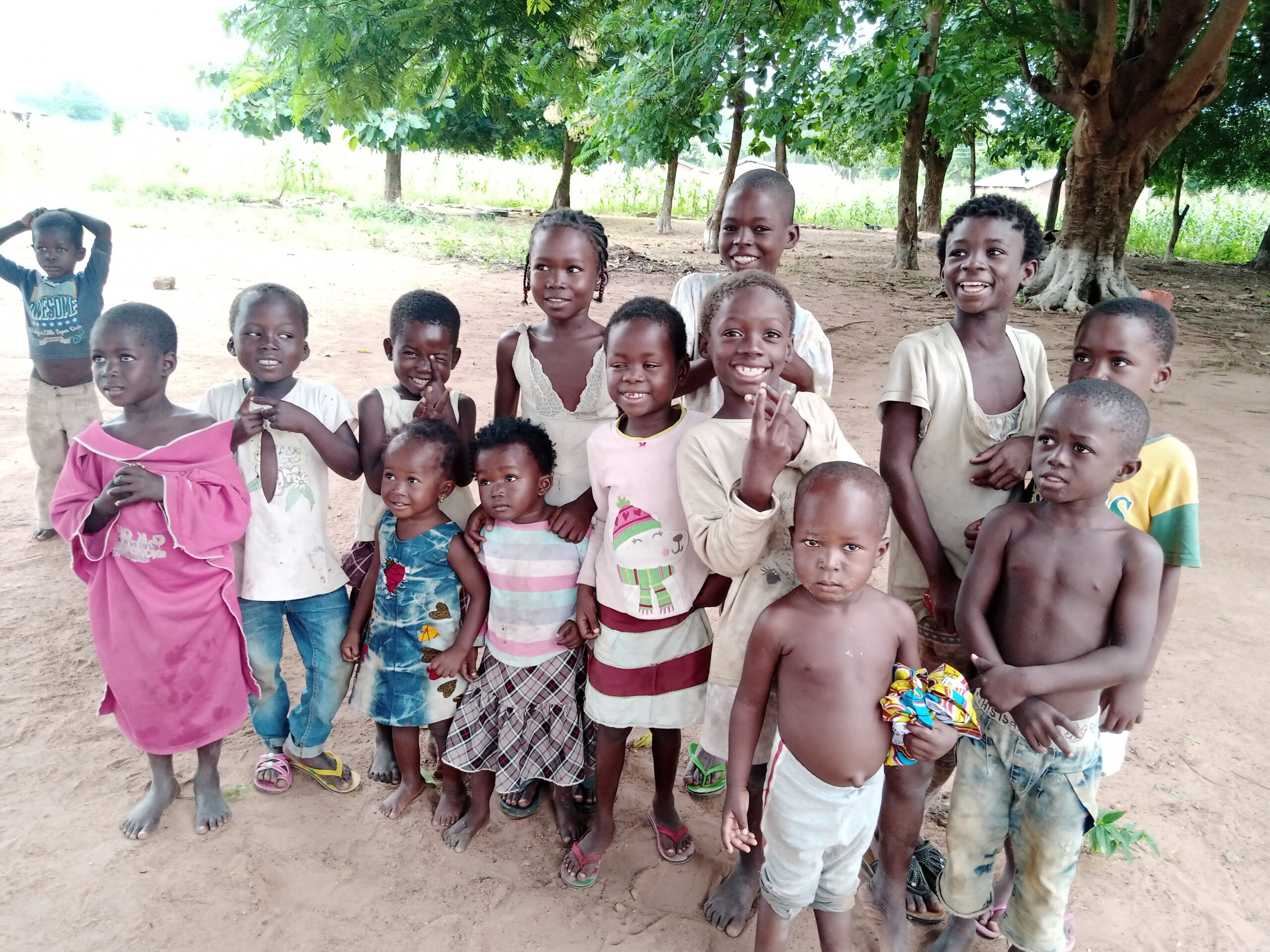Photo credit: Wikimedia Commons
Context:
Over 25% of the world’s children live in areas with little to no access to education, health care, or safety. Peace Science highlights some of the risks and consequences specific to youth during violent conflict and Peacebuilding Deeply comments on how, historically, we have focused on of either the “empowerment” of youth or their “radicalization”…but neglect the young person’s critical role as a peacebuilder.
In the News:
“One in every four children around the world – about 535 million – currently live in a country impacted by conflict or disaster, according to the United Nations. Some have been recruited to fight in armed groups, others have been injured by land mines or attacks on civilian infrastructure, such as schools and hospitals. Often, youth in conflict are seen only as collateral damage to the political games of adults. Rather than just thinking of children as victims, it is also necessary to engage with them as potential partners in peacebuilding. In order to sustain peace across generations, funders must invest in youth by incorporating them as key participants of peace processes and peacebuilding strategies.”
“Historically, U.N. member countries have tended to waver between the “empowerment” of youth or their radicalization, totally missing a young person’s critical role as a peacebuilder. In April 2018, the independent, agenda-setting Progress Study on Youth, Peace and Security was presented to the U.N.Security Council, which may have finally changed this narrative. In December 2015, the Security Council took one step in that direction by adopting the first resolution to “recognize the important and positive role young women and men play in the maintenance and promotion of international peace and security.” As part of the resolution, the U.N. secretary-general requested a study that looks into youth’s ‘positive contribution to peace processes and conflict resolution.'”
“This was one of the first times the U.N. Security Council discussed young people as part of the solution for peace and security, not only as perpetrators or victims of violence, terrorism and unrest. The study found that gender stereotypes play into this decreased agency of young people – think “boy with the gun” and “girl as the victim.” It also refuted assumptions that the “youth bulge” is leading to increased violence, that global migration is leading to increased terrorism and that most young people are associated with violence.”
Insight from Peace Science:
- Participation in armed groups is often non-ideological. In many cases, joining armed groups is the best, or only, economic opportunity available.
- Low attendance levels in higher education contribute to violent conflict, higher attendance reduce the chance of violent conflict.
- In Afghanistan, children have developed a capacity for emotional numbing in the face of regular violence, including an ability to ignore the possibility of their own death.
References:
- “To Achieve Lasting Security, Invest in Young Peacebuilders” By Ghazal Keshavarzian & Catherine Thompson for Peacebuilding Deeply. August 13, 2018.
- Peace Science Digest Vol. 1; Vol. 3:
- Vol. 1, Issue 1: “Oil-Rich Dictatorships Will Not Be Overthrown by Armed Rebellions”
- Vol. 1, Special Issue: Resources and Conflict: “Digging Deeper: “Don’t Blame Your Resources, Blame The Environment”
- Vol. 3, Issue 2: “The Lived Experience of Violence in Afghanistan”

